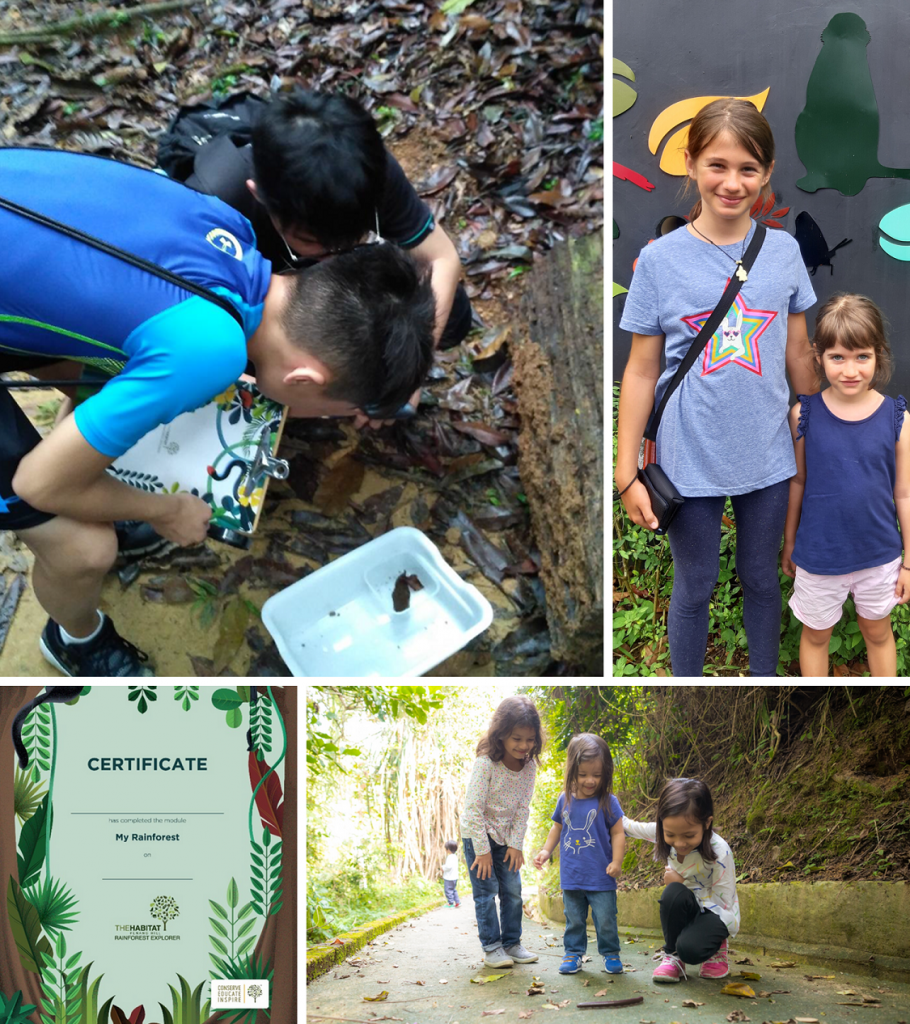The Habitat Penang Hill is a world-class rainforest discovery centre located at the edge of the magnificent rainforest located within easy reach of the vibrant metropolis of Penang. It is one of the main attractions which can be accessed from Ayer Itam using the historic funicular railway. With its nature trail, iconic treetop walkway, and canopy bridge that provide exceptional rainforest experiences, The Habitat aspires to awaken curiosity and nurture support for conservation among the thousands of visitors it receives each year.
Feel free to learn more about The Habitat Penang Hill and explore its captivating attractions. You can visit the official website by clicking here, or scroll down for a fascinating journey through their rich history.
History of the Project
Penang Hill, situated just 6 km from George Town, has historically been a popular recreational destination because of its cooler temperatures and access to nature. The owners of The Habitat Penang Hill, Flagstaff Holdings Sdn Bhd, successfully applied for a tender for an ecotourism venture with the Penang State Government in 2015.
The vision for The Habitat Penang Hill was to enable people to experience nature with minimal impact to the environment. The signature structures at the park were designed so as to protect and showcase the natural surroundings. No heavy machinery was used and less than 10 trees were felled in the construction of the entire park, including a 230-m canopy bridge and 360-degree viewing platform nestled in the treetops. There are even trees inside the retail shop!
The 1.6-km Nature Trail is a modification of the original trail from colonial times and is made of Hydromedia, a porous concrete material that allows water to drain into the soil. Most of the lighting is solar-powered with rechargeable batteries or LED light fixtures. Recycling bins are strategically situated around the park as are drinking water fountains. The Habitat Penang Hill is committed to being a demonstration site for sustainable ecotourism to prove that well-managed protected areas can generate employment and the funds to sustain their own operations.
Moreover, the founders and shareholders of The Habitat Penang Hill have pledged that all profits generated by the park will be channeled to The Habitat Foundation, thus creating a circular economic model whereby a for-profit business generates funds to support the work of a not-for-profit enterprise focusing on conservation science, environmental education and sustainable tourism.
The park currently employs more than 75 staff.
Timeline
Development
• Development of the main trail (1.6km), supporting infrastructure and signature structures begin.
Launch
• Launch of Curtis Crest Tree Top Walk
Progress
• Opening of the Flight of the Colugo ziplines
Echoes of History
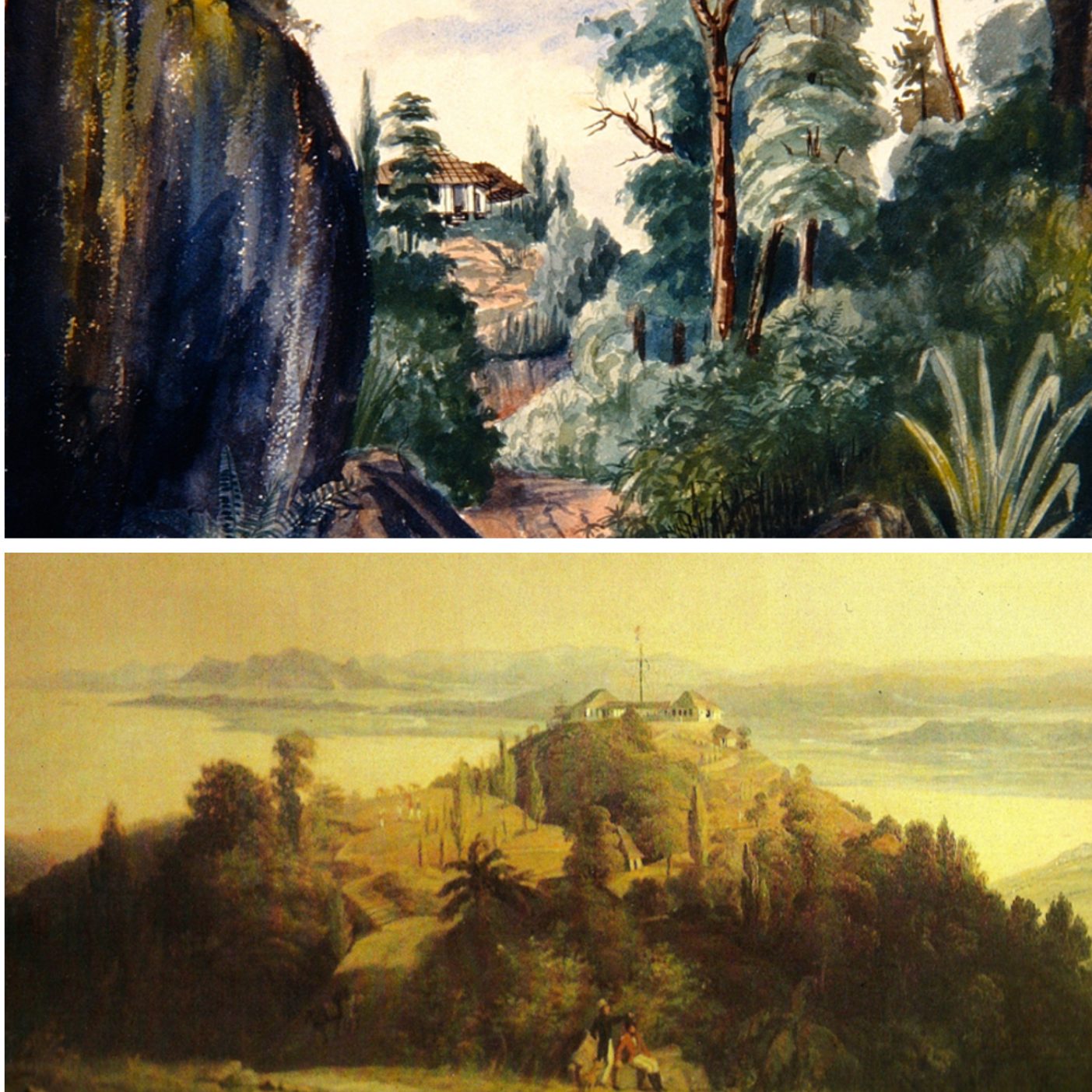

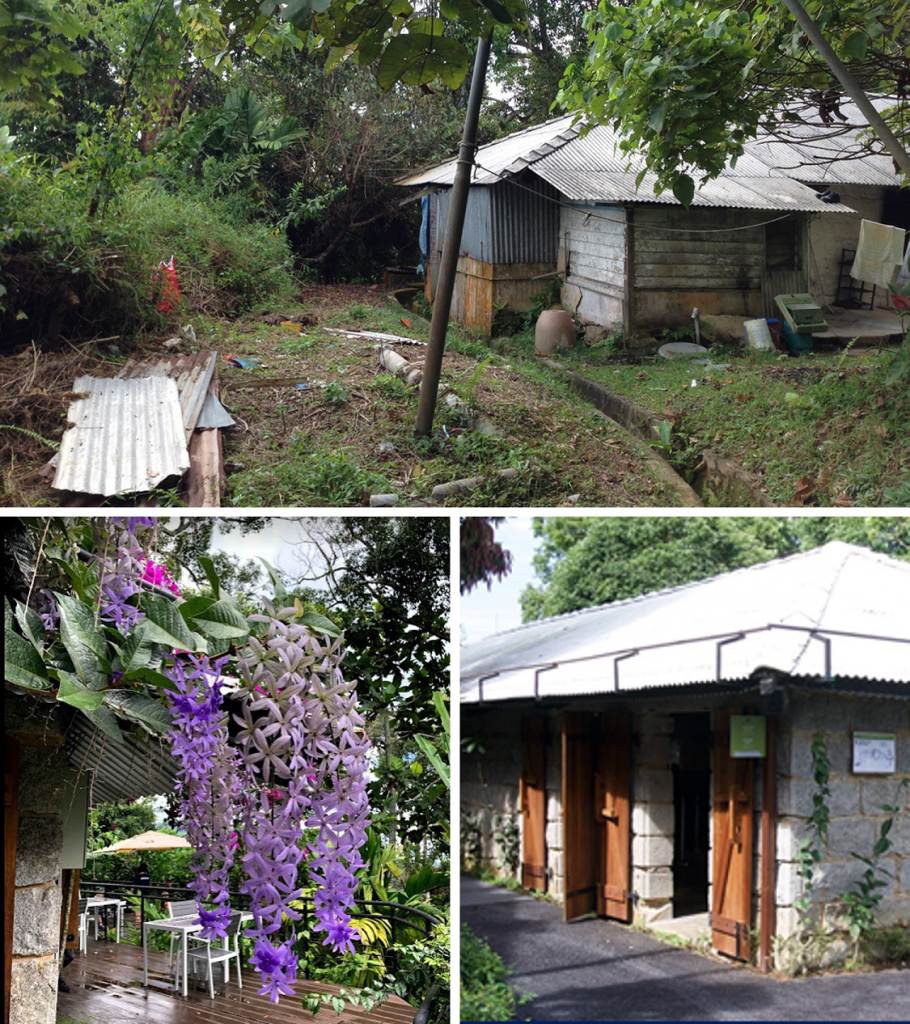




The Stable
The entrance to The Habitat hearkens back to a time where one of the main modes of transportation to the hill was by pony! This abandoned old stable which used to house ponies in the 1800s, was lovingly restored and given a new lease of life as part of The Habitat park. It now serves as a cafe and ticketing office.



The Nature Trail
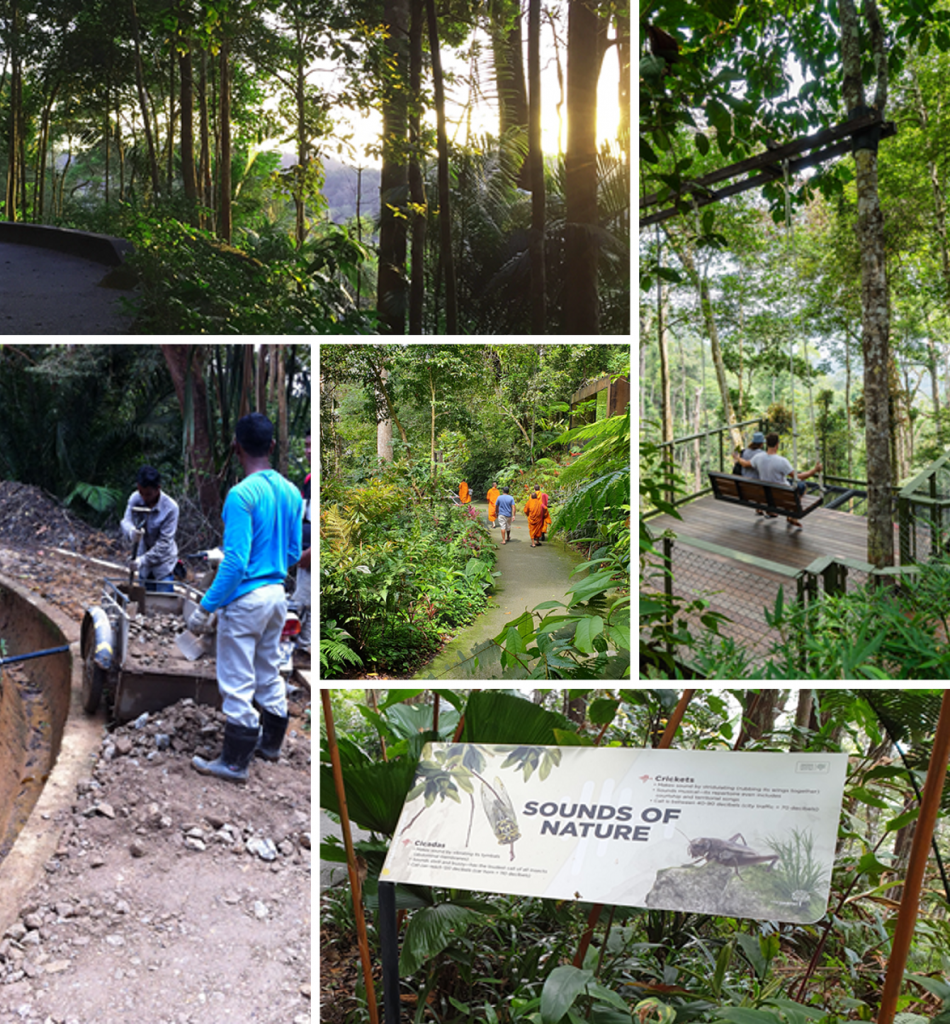

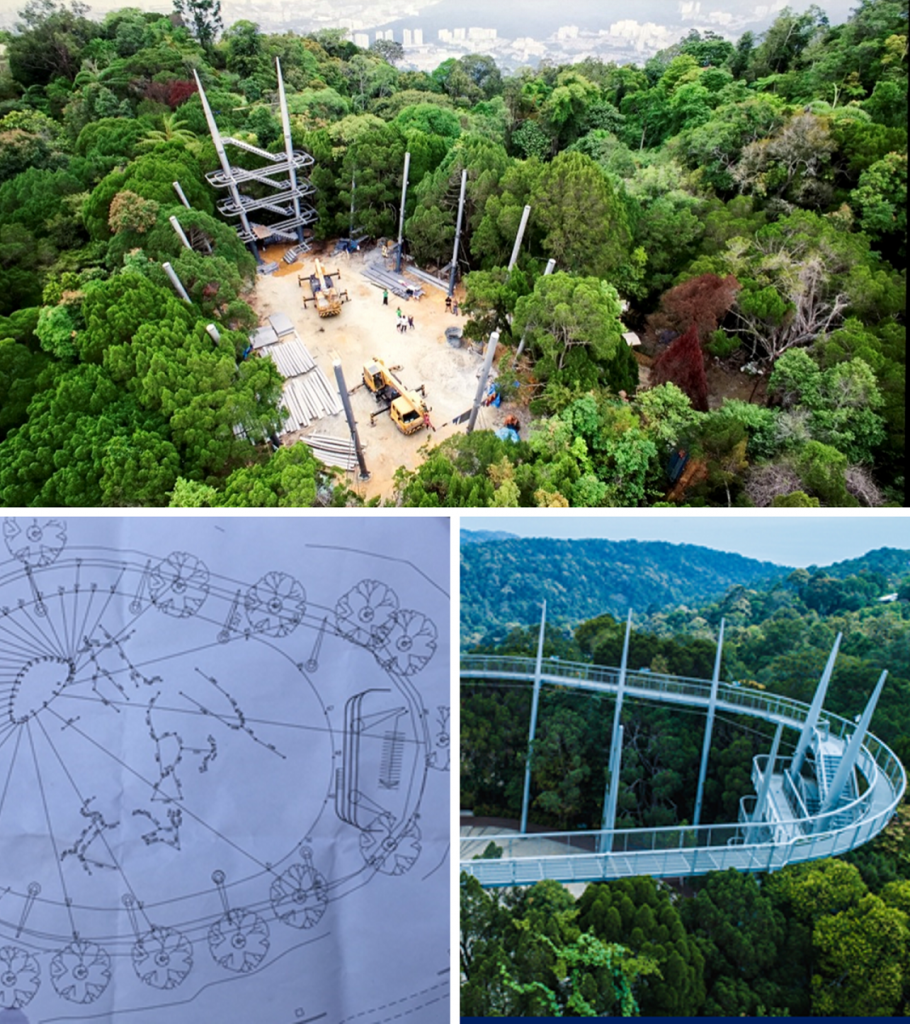


Curtis Crest Treetop Walk



Langur Way Canopy Walk
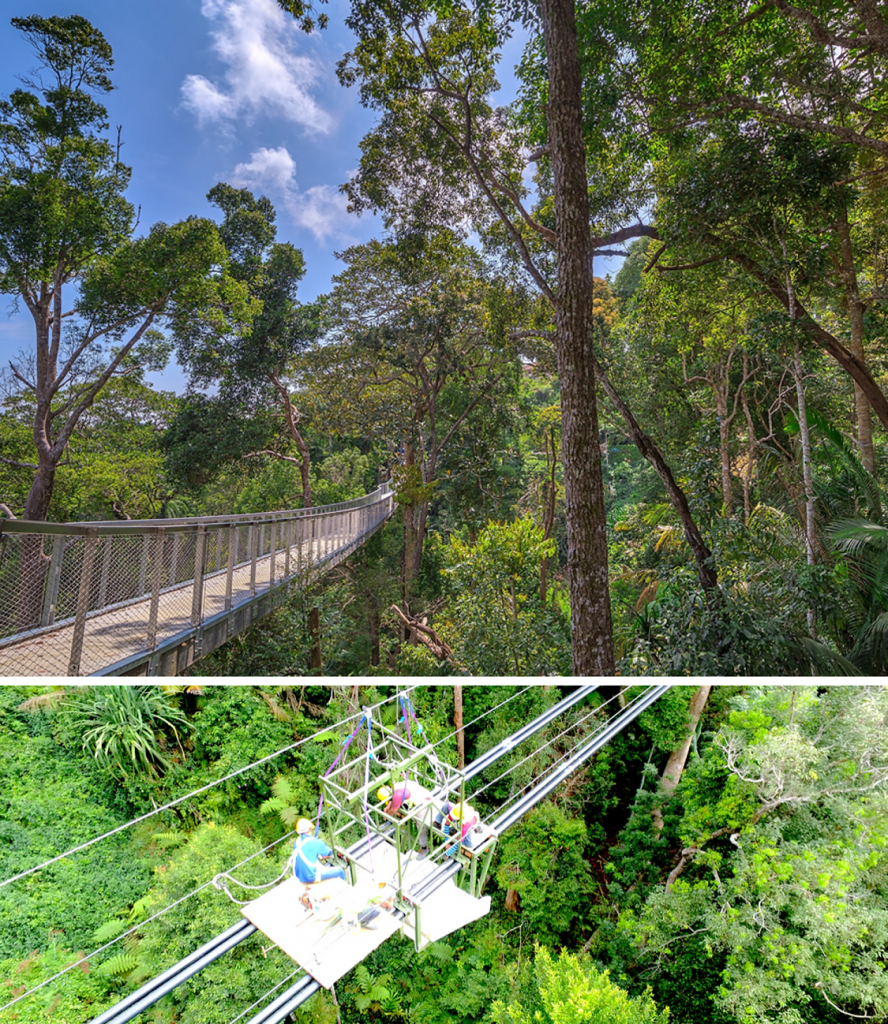

Complementing The Georgetown UNESCO World Heritage Area
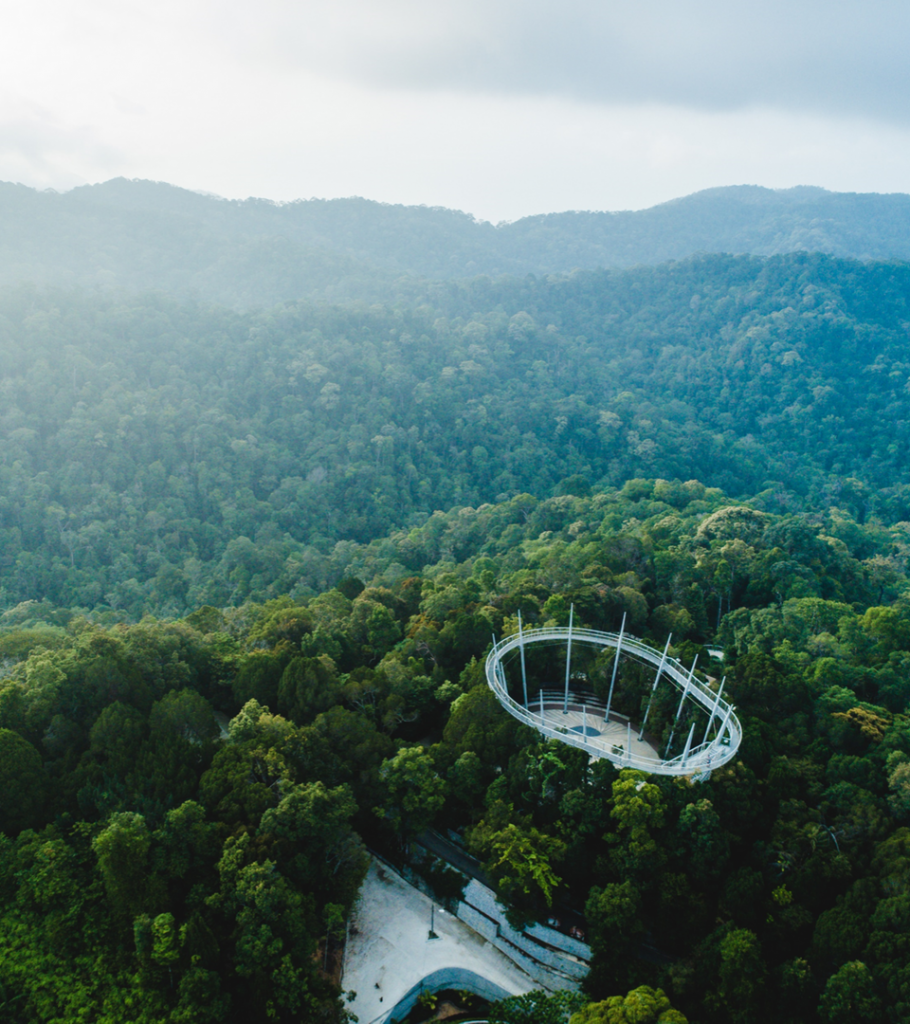


An Emerald Isle



Snapshots of History and Nature
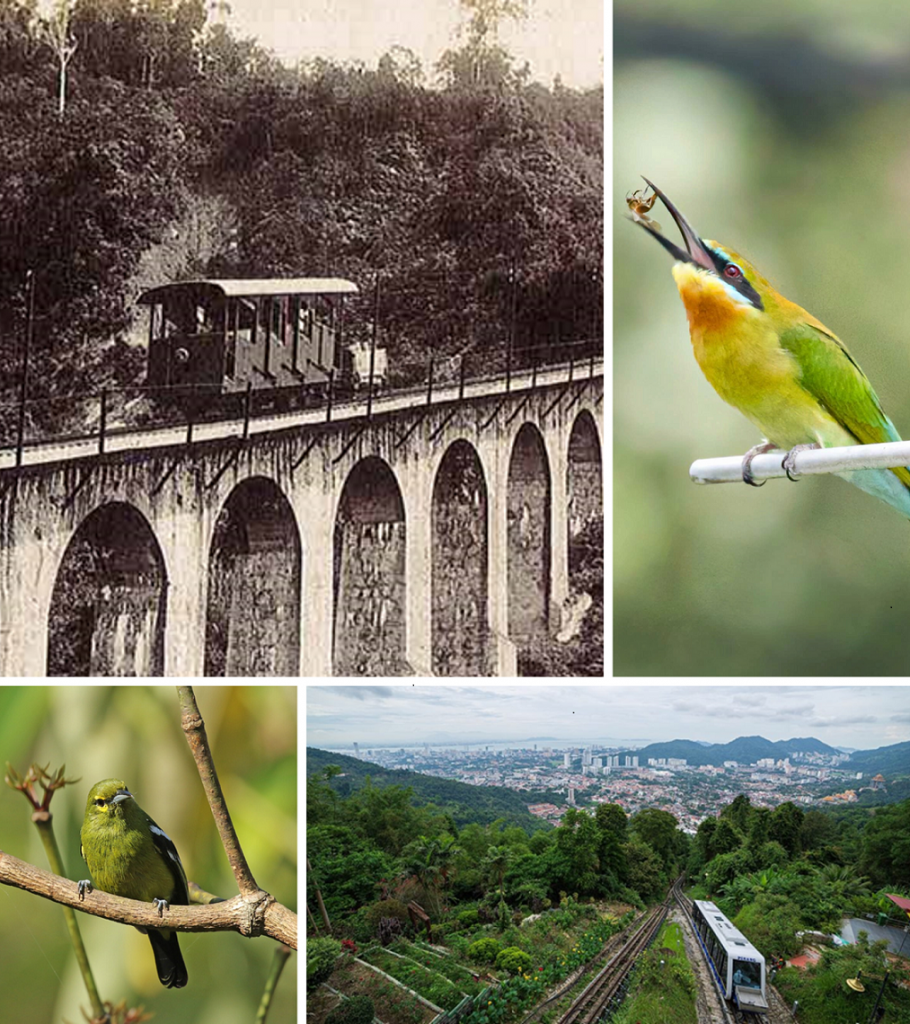

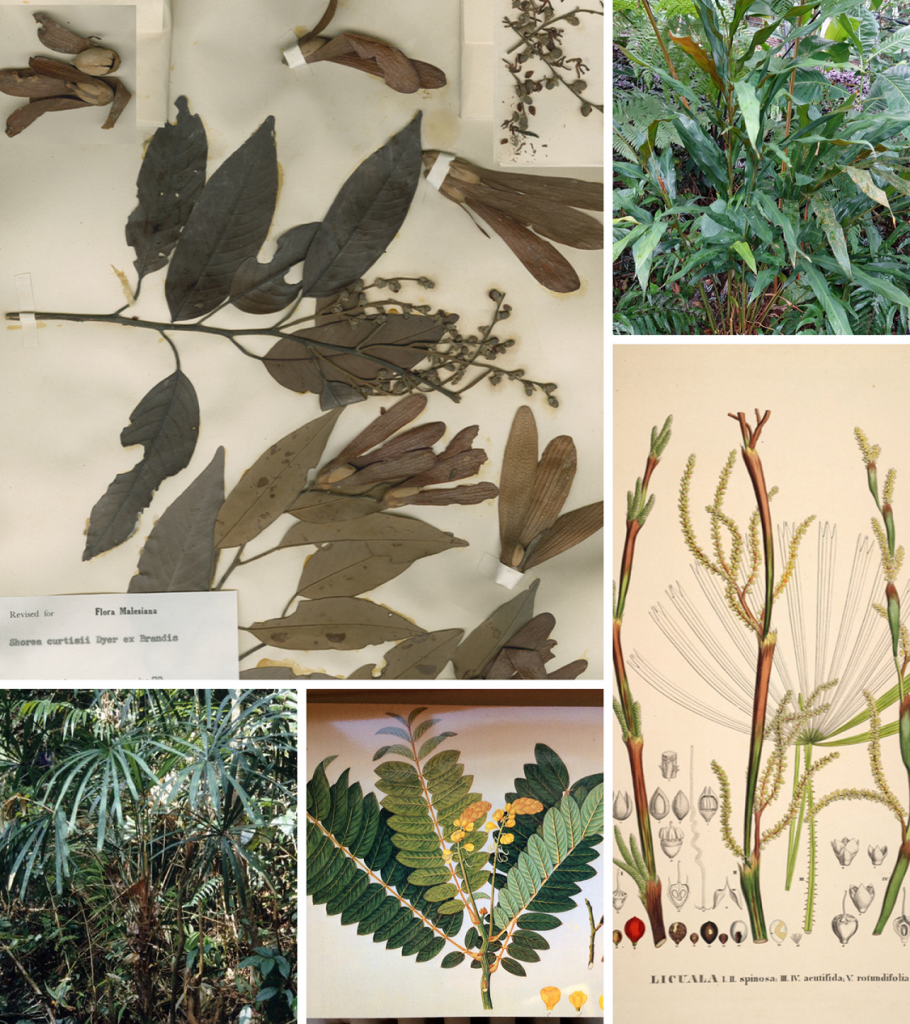





A Haven for Wildlife
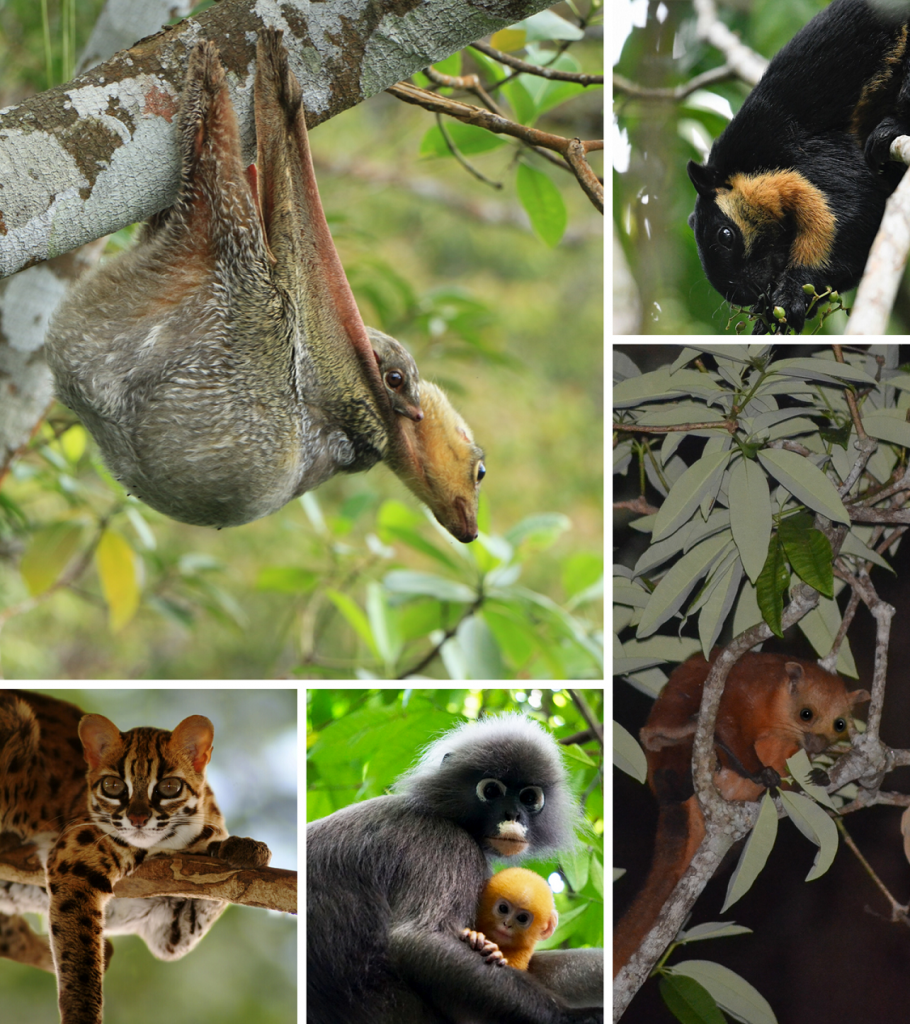

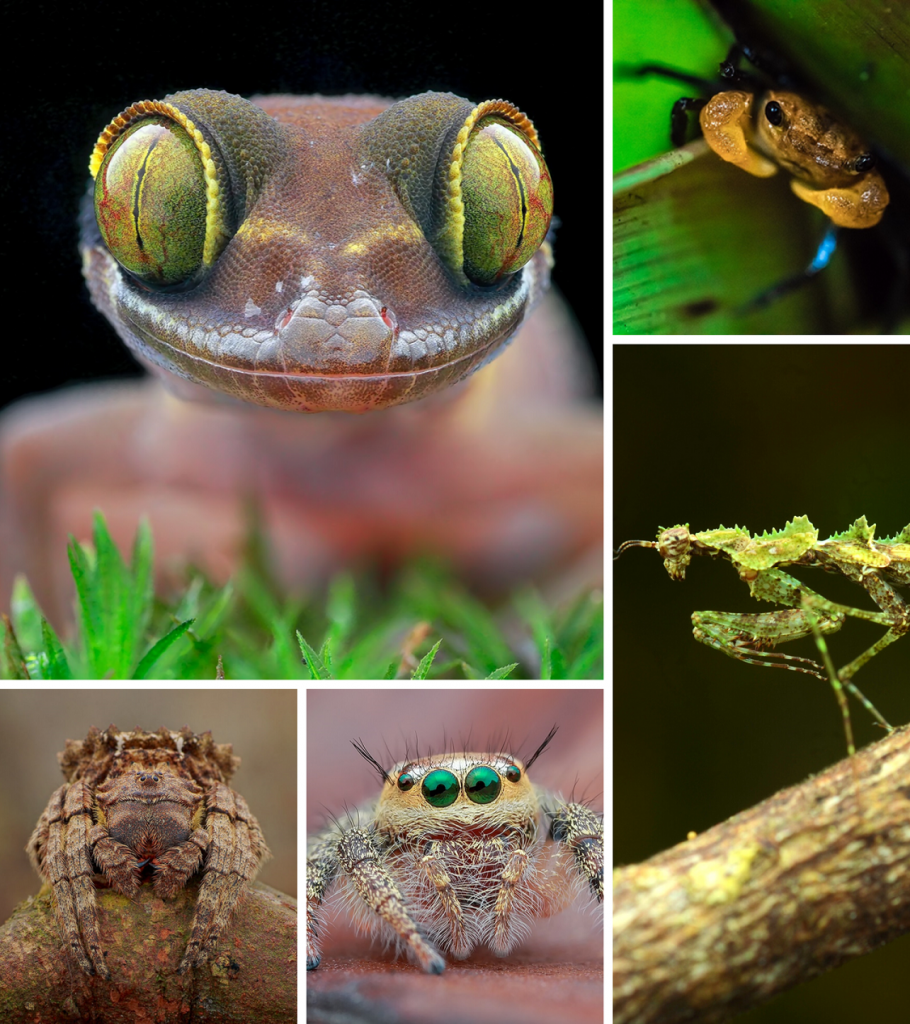


A Trove of Biodiversity



A Place for Rainforest Explorers
